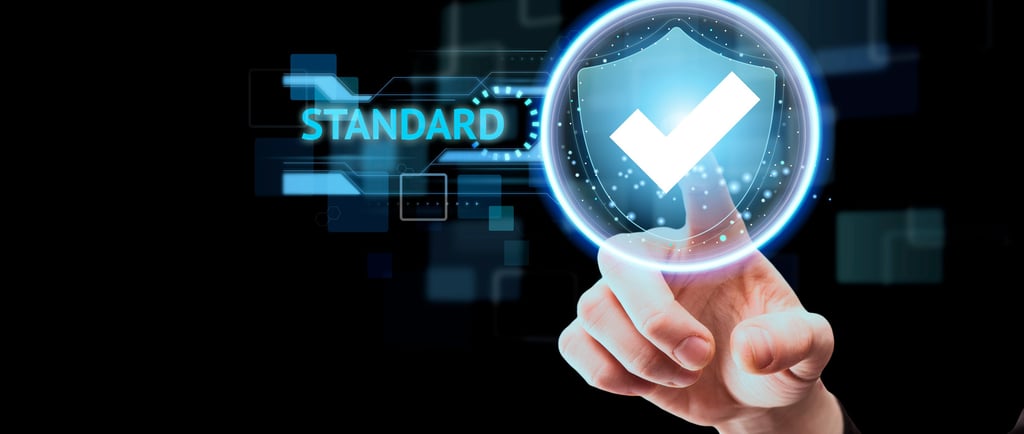The Future of Multi-Factor Authentication: What Comes After Passwords?
4/2/20252 min read


Introduction to Multi-Factor Authentication
In an age where digital security is paramount, the evolution of multi-factor authentication (MFA) stands out as a significant milestone. Traditional passwords have served as the primary line of defense for years, yet their vulnerabilities have led to increasing calls for more robust alternatives. Multi-factor authentication introduces an additional layer of security, requiring users to provide two or more verification factors to gain access to their accounts. This proactive approach mitigates the risk of unauthorized access and enhances overall online safety.
The Limitations of Passwords
Despite their widespread use, passwords are often deemed inadequate due to their susceptibility to various types of attacks such as phishing, brute force, and credential stuffing. A significant percentage of users rely on easily guessable passwords or reuse them across multiple platforms, further compromising their security. As cyber threats continue to advance, it is becoming increasingly clear that passwords alone cannot keep pace with the evolving landscape of digital risks. Therefore, exploring what comes after passwords is essential in fortifying our online security strategies.
Emerging Trends in Authentication
The future of multi-factor authentication is bright as innovative technologies and methodologies emerge. One promising trend is the adoption of biometric authentication methods, which utilize unique physical characteristics like fingerprints, facial recognition, or retina scans. These systems enhance security and provide a seamless user experience, as users can authenticate quickly without remembering complex passwords. Moreover, behavioral biometrics, which analyze patterns in user activity, present an exciting avenue for real-time authentication, analyzing factors like typing speed and mouse movement.
Additionally, the rise of contextual authentication takes into consideration the user’s environment and behavior when requesting access. This method leverages factors such as location, device type, and time of day to assess the risk level associated with a login attempt. Such an adaptive approach allows for more informed decision-making regarding authentication, enhancing security without compromising usability.
Looking Ahead
As organizations embrace multi-factor authentication, the industry must consider best practices for implementation. Ensuring a balanced approach that prioritizes user experience alongside security is critical, as overly burdensome processes may lead to user fatigue and resistance. The collaboration between cybersecurity professionals and application developers will be key in designing user-friendly interfaces that instill confidence while maintaining robust security protocols.
Ultimately, the transition away from passwords is not just a technological shift; it is a cultural one as well. As users become accustomed to more secure methods of authentication, their trust in digital platforms will increase, paving the way for safer online interactions. The journey may be fraught with challenges, but the future of multi-factor authentication promises a more secure digital landscape that prioritizes user safety and convenience.
